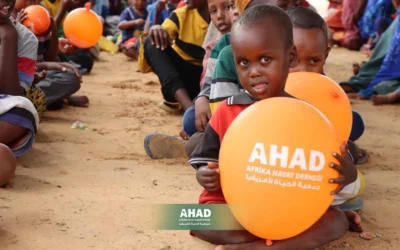Official name: Republic of Madagascar
Short name: Madagascar
Capital: Antananarivo
Language: French (official), Malagasy (official)
Location: Madagascar, one of the largest islands of the world, is located in the
far southeast of the coast of Africa, specifically in the western part of the Indian
Ocean.
Area: 587.040 Square Kilometers
Population: 23.201.096 (July 2014 estimates)
Religion: 52% local beliefs, 41% Christian, 7% Muslim.
The famine in Madagascar is the first famine in modern history caused by climate
change alone. Most of the population of southern Madagascar is dependent on
agriculture, livestock, and fishing at an estimated 95%. However, Southern
Madagascar is experiencing the worst drought in four decades, with reduced
rainfall over five consecutive years affecting crop growth and denying access to
food to many people in the region. Moreover, the violent sandstorms, known as
Teumina, made the situation worse because they swept away arable soil, killing
cactus plants that are often relied upon in times of famine. In addition, food
prices have increased as a result of the scarcity of basic foods on the market.
Furthermore, the impact of Covid-19 made the situation worse.
According to recent statistics, more than 1.14 million people in the Republic of
Madagascar are food insecure. An estimated 14,000 are already living in
conditions of catastrophic famine (phase V) and WFP expects the number to
double to 28,000 by October.
The seriousness of the situation has forced thousands of people to leave their
homes in search of food, while those who stayed have resorted to extreme survival adaptation procedures, such as searching for wild foods and leaves that
are difficult to eat and can be dangerous for children and pregnant women.
Children are the most affected by the food crisis, with more than half a million
children at risk of severe malnutrition in southern Madagascar as a result of a
drought. Most of these children have had to leave school, with 3 out of 4 children
not attending school to help their parents provide food. The rate of acute
malnutrition among children under five years of age in Madagascar has doubled
and reached an alarming rate of 16.5% and 27% in some areas of the south of
the country.







